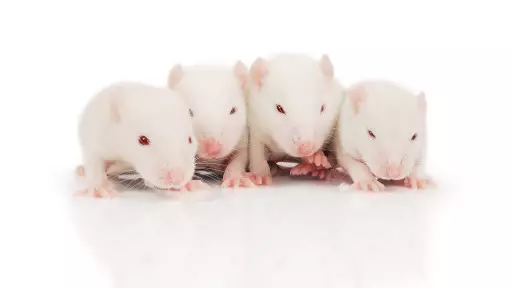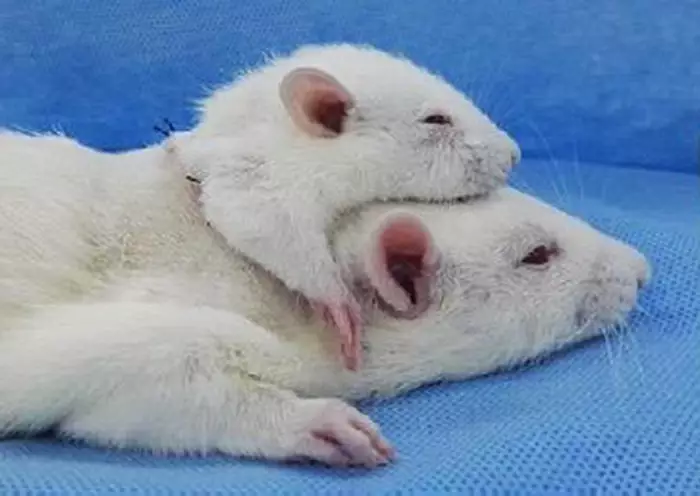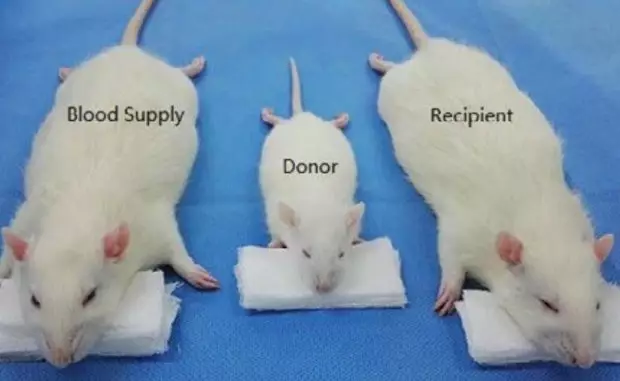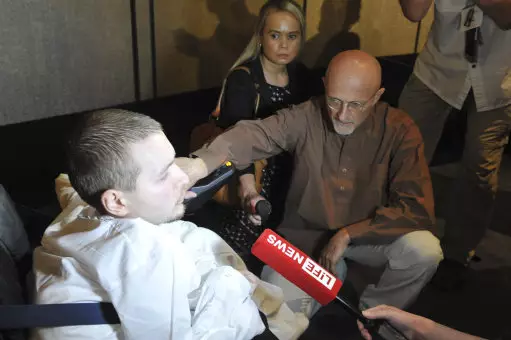
It's expected by the end of 2017 the world's first head transplant will be undertaken, today it's been revealed that it may be a step closer to reality.
The surgeon who plans to conduct the procedure has confirmed he successfully transferred the head of a mouse onto the body of the rat.
Sergio Canavero, already known for some outlandish experiments involving animals, has created a group of two-headed rats - a move which has not only shocked members of the public but also those from within the scientific community.

Credit: CEN
Advert
His work, alongside Xioping Ren, showed that two-headed rats can live for days - thus breathing confidence into critics of the human head transplant.
The procedure involved the use of three furry creatures: one mouse and two rats. The head of the mouse was removed, and placed onto the body of a rat (who still had its own head intact), while a third was used a blood supply donor. The impact on each rodent was recorded.
The results showed that each mutant animal lived for around 36 hours.

Credit: CEN
Advert
Canavero has tried several methods in the past to prove the capability of a head transplant. One of which included spinal cords being reconnected. He attempted to prove this last year by severing the spinal cord of dogs and then reattaching it.
Many critics claims the ability for this to work on humans, successfully, is a long way off. Not least the ethics involved in performing such a manoeuvre.
Arthur Caplan, of New York University, told the New Scientist: "This work would put them about three or four years from repairing a spinal cord in humans.
"It would put them maybe seven or eight from trying anything like a head transplant."
The trickiest part of the procedure comes from trying to keep the head from falling into a coma, which is how decapitation kills people. To combat this, Canavero used the blood supply from a third rodent to provide blood to both the rat and the mouse.
The subject for the first head transplant has already been selected, 31-year-old Valery Spiridonov will undergo the surgery in a bid to save him from his terminal illness.

Spiridonov with Canavero. Credit: PA
Advert
He suffers from Werdnig-Hoffman disease - a rare form of spinal muscular atrophy - and wants to have the surgery done to give him a shot of having a new body, before the disease kills him.
Spiridonov claims he 'knows the risks' but is likely to have the transplant in December 2017, at a cost of £14m.
Featured Image Credit: PATopics: Science